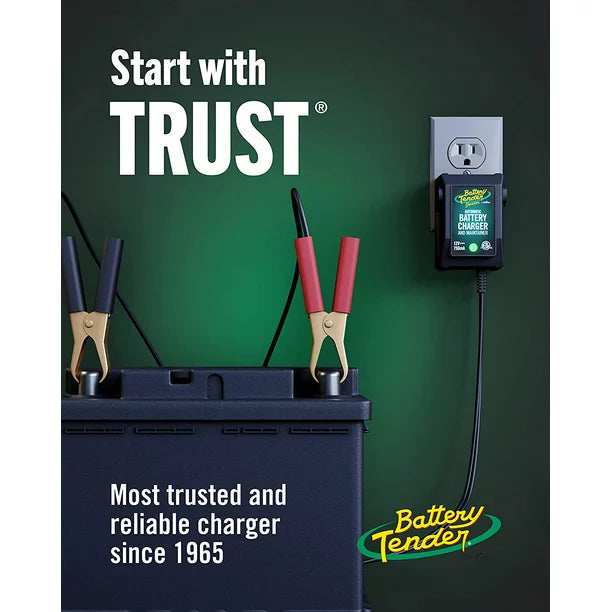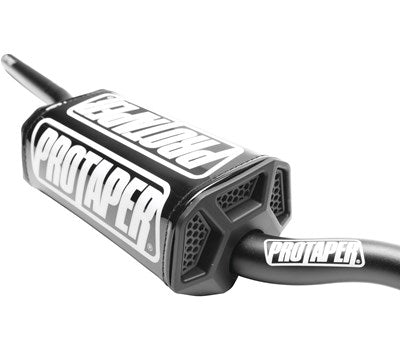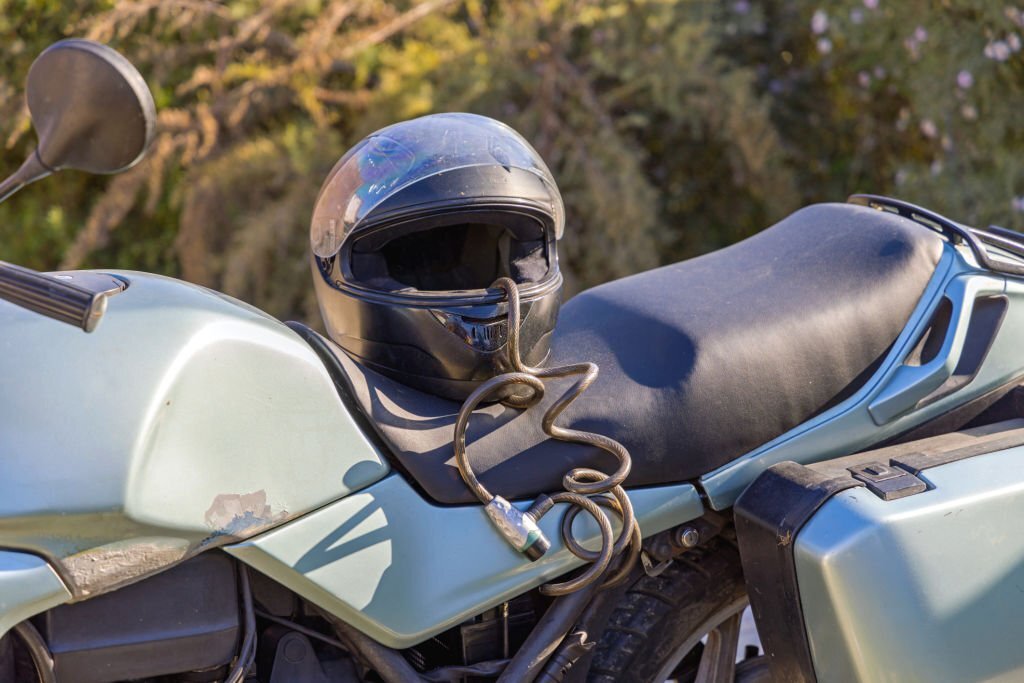Motorcycle enthusiasts understand that a smooth ride relies on the seamless conversion of chemical energy into electrical energy. This critical process happens in one of the most overlooked parts of your motorcycle—the battery. It's essential to keep the health of your battery in check to avoid a dead battery leaving you stranded. This article takes you through the nitty-gritty of motorcycle battery troubleshooting.

Identifying a Bad Motorcycle Battery
So, how can you tell if a motorcycle battery is bad? Symptoms may range from struggling to start the bike to failing altogether. The battery might struggle to hold a charge or even manifest physical signs such as bulging sides or leaks of battery acid.
Motorcycle battery not charging? Your bike’s charging system could be the culprit. Motorcycle batteries, like any other battery, operate by a series of chemical reactions that convert AC to DC. If the charging system isn't able to convert the AC from the engine's stator into DC, it can lead to a battery not being properly charged, even while riding.
Note: Always remember to clean corroded battery terminals as they can hinder the battery's capacity to receive or release charge.
Moto1’s blog provides a comprehensive guide on how to maintain your motorcycle battery in optimal condition, especially in cold weather.
The Life of a Motorcycle Battery
Motorcycle batteries have an average lifespan of 2-5 years, depending largely on the type of battery and how well it’s maintained. With regular maintenance and by keeping the battery charged, you can ensure a long life for your battery.
However, leaving a motorcycle battery idle for a long time could lead to sulfation—lead sulfate crystals forming on the battery plates—which may shorten its lifespan. If you notice your battery dies frequently or doesn’t hold charge as well as it used to, it might be time for a replacement.
Choosing the best motorcycle battery to replace your old one can be a daunting task given the different types of motorcycle batteries available. Our comprehensive guide on choosing the best motorcycle battery for your ride can help you make an informed decision.
Regular Checks for Motorcycle Battery Health
How do you check the health of your motorcycle battery? Regular checks can help identify issues before they cause problems. You should check for signs of damage or wear, test the voltage, and inspect the battery acid level (for conventional lead-acid batteries).
It is also crucial to check if your battery is properly charged. Will idling a motorcycle charge the battery? Unfortunately, idling the bike often isn’t enough to charge the battery. Riding at speed for a longer duration or using a dedicated battery charger will be more effective.
Pro Tip: If you can't start your bike due to a dead battery, push start your motorcycle. However, this is a temporary solution, and you should address the battery issue as soon as possible.
At Moto1, we offer a wide range of batteries, from traditional lead-acid to advanced AGM Batteries and even battery chargers to ensure your battery is always at its peak. For specific battery options, you might want to check out the popular Motobatt, designed for high performance and longevity.

Motobatt Battery Quadflex AGM - MBTX7U
When Should You Replace Your Motorcycle Battery?
How do you know when your motorcycle battery needs replacing? If you observe consistent difficulty starting your bike, or if the battery struggles to hold a charge even after repeated charging, it's probably time to consider a replacement.
A drastic decrease in the power required to start the bike, frequent need for jump starts, or even swelling of the battery case are all possible indicators that your battery's end is near. Physical damage, such as leaks or cracks, are sure signs of an immediate need for replacement.
Remember, even the best-maintained motorcycle battery will eventually need replacement. By understanding the different motorcycle battery sizes and types, you'll be equipped to make the right choice for your motorcycle's specific needs.
The Importance of Motorcycle Battery Maintenance
While it's true that motorcycle batteries have a finite lifespan, regular maintenance can help you maximise your battery's potential and prolong its life. Here are some tips to keep your battery in prime condition:
-
Regular Inspection: Check for physical signs of damage, such as bulging, leaks, or corrosion on the battery terminals.
-
Clean Terminals: A mixture of baking soda and water can effectively clean corroded battery terminals.
-
Maintain Charge: If you're not riding your bike regularly, consider using a battery maintainer or charger to keep your battery optimally charged.
-
Secure Connections: Make sure the battery terminals are securely connected to avoid power loss or damage to the electrical system.
Check out our collection of battery chargers to ensure your battery always has the charge it needs.
Pro Tip: The phrase "out of sight, out of mind" should never apply to your motorcycle battery. Regular checks and maintenance can save you from unexpected problems down the road.
Deltran Junior 800 12V Lead Acid or Lithium Battery Tender
Charging Systems and the Role They Play
Understanding your motorcycle's charging system is key to maintaining battery health. The charging system is designed to convert the AC power generated by the engine into DC power, which charges the battery. If the charging system is malfunctioning, the battery might not charge, even if you've been riding for a long time.
Learn more about how the charging system works and its role in battery health in our article on top motorcycle battery brands powering your ride.
Exploring Advanced Battery Options
While traditional lead-acid batteries have served riders well for decades, newer technologies such as AGM and lithium-ion batteries offer enhanced performance and longevity. Read about the advantages of lithium-ion motorcycle battery and decide if this advanced option is right for you. You can find a variety of these batteries in our collections.
Remember: Motorcycle battery troubleshooting is not just about fixing problems—it's about preventing them. Regular maintenance and an understanding of your motorcycle's electrical system can help you ensure a smooth ride
and prevent unexpected breakdowns.
Should You Always Charge Your Motorcycle Battery?
Should you always charge your motorcycle battery? It's a common question many riders ask, and the answer is yes, but with a trickle charger. While it's crucial to maintain your battery's charge, overcharging can also damage the battery.
The key lies in regular monitoring and understanding the optimal charge level for your specific battery type. Using a smart battery charger that automatically stops charging once the battery is full can be an excellent investment to protect your battery’s health.

A Word on Motorcycle Battery Longevity
It's essential to understand that a motorcycle battery’s lifespan is heavily influenced by factors such as maintenance, the type of battery, and usage habits. For instance, regularly draining the battery or leaving it discharged for extended periods can significantly shorten its life.
Even if you've done everything right, your battery will eventually need to be replaced. When that time comes, understanding the different types of motorcycle batteries available on the market will help you make an informed decision. Explore our extensive selection of motorcycle batteries to find the perfect fit for your ride.

Automotive Jump Starter (1000 Amp), Power Bank & wireless phone charger
Tip: If your battery dies and you're in a pinch, a jump start can get your bike running again. However, this should not be a common occurrence. If you find yourself needing to jump-start your bike frequently, it's time for a new battery.
Motorcycle Batteries: Lithium vs Lead Acid
When it comes to choosing a motorcycle battery, riders are often torn between traditional lead-acid batteries and modern lithium batteries. Each type has its strengths and considerations. Lithium batteries are lightweight and have a longer lifespan, while lead-acid batteries are more affordable and widely available.
Want to know more about lithium batteries? Our page on lithium battery chargers provides an in-depth look at these high-performance batteries and their charging requirements.
Conclusion
Whether you're a seasoned rider or a beginner, understanding the ins and outs of your motorcycle's battery is crucial. Regular inspection, maintenance, and timely replacements are all part of responsible motorcycle ownership.
Motorcycle battery troubleshooting doesn't have to be a daunting task. By learning the signs of a failing battery, understanding your charging system, and knowing when it's time for a replacement, you can ensure that battery issues don't interrupt your journey. Keep exploring Moto1’s collections and blogs for more motorcycle maintenance tips and guides.
Ride safe and keep your battery charged!






